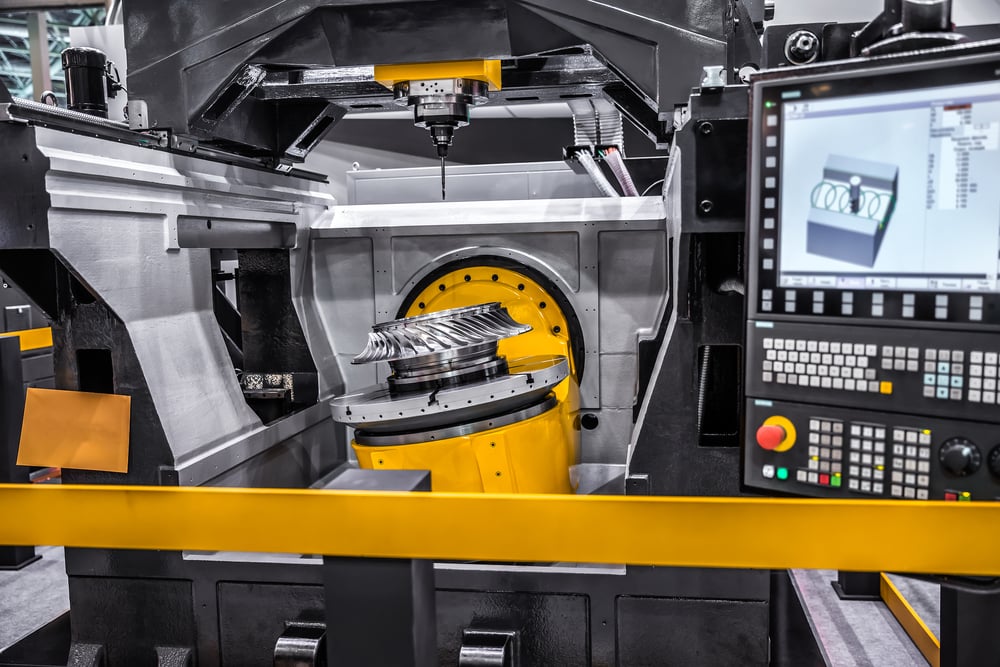People greatly rely on technology to make everyday tasks simpler, faster, and easier. This explains why the home appliance industry is a multi-billion dollar one, raking in hundreds of billions of dollars a year as people stock their homes with modern essentials from refrigerators, air conditioners, and dishwashers to coffee makers, vacuum machines, and hairdryers. In the USA, South Korean brand Samsung leads the market, followed by the American brand Whirlpool, then South Korean brand LG Electronics. Other major players include Electrolux (Sweden) and Panasonic (Japan). Many of these brands manufacture their products in Mexico, which has helped Mexico become one of the largest appliance manufacturers in the world, and one of the principal exporters of appliances in the world (appliance manufacturers in Mexico are also the 2nd largest exporters to the US), claiming top market sports for exports in certain home appliance categories.
Defining the Home Appliance Industry
A home appliance, also known as a domestic appliance, electric appliance, or household appliance, is a machine that assists in household functions such as cooking and cleaning.
Major vs. Small Home Appliances
The home appliance industry is generally segmented into two: major and small appliances. Major appliances include refrigerators, freezers, dishwashing machines, washing machines and dryers, cooking ranges, stoves, and ovens. On the other hand, small appliances include toasters, grills, microwaves, coffee makers, blenders, food processors, vacuum cleaners, hairdryers, etc.
Though a lot of people assume the category is based on size, the main difference between major and small home appliances is their longevity, i.e. how often you would replace them. Major appliances are built to last and don’t need to be replaced every few years. Meanwhile, small appliances often last only two to five years before having to be replaced.
How Big Is the Home Appliance Market?
The home appliance industry rakes around 500 billion dollars in revenue every year. In the US, people spend around $300 per year on major appliances and $120 per year on small appliances, with household ownership going over 70% in both categories.
The home appliance market is expected to grow steadily thanks to a larger middle-class economy, improved income levels, increased labor costs, a higher need for technology (typically due to busier lifestyles), and the growing availability of affordable appliances.
Who Is the Largest Home Appliance Manufacturer?
Worldwide, the top home appliance manufacturer is Chinese brand Haier, followed by American brand Whirlpool, then Chinese brand Midea. Other top performers include Panasonic (Japan), Arcelic (Turkey), Samsung (South Korea), Sony (Japan), LG (South Korea), and BSH (Germany).
Current Trends in the Home Appliance Market
With more people investing in technology, the rise of the earth-first ethos, and the growing reliance on online shopping, the home appliance market is seeing new trends that have shifted how major players have manufactured, marketed, and sold their products. Here are some current trends to leverage:
The Growth of Small Appliances
In previous years, major home appliances held a slightly larger market share compared to small home appliances. But while the former has seen a steady pace, the latter is growing exponentially, to the point where it’s expected to surpass, or at least be at par with, the major home appliance category.
More people are investing in small appliances thanks to new innovations, competitive prices, and their compatibility with most modern homes. People are seeing their value as essential household items, instead of just luxuries.
The Rise of the Smart Home
Smart home devices are expanding their market penetration, with more households opting to own “smart” versions of their appliances rather than more traditional ones. This is expected to grow, especially as other technologies such as phones and tablets become more compatible with these.
The Switch to Green Appliances
Nowadays, people have become more conscious about their household appliance purchases; they are preferring greener options—those that contribute less negative effects on the earth. These green appliances typically reduce waste and usage, translating to lower electric bills, which has become a major motivator for their sales, too.
Buying Home Appliances Online
Home appliances were mostly bought offline in the past. But with improved online shopping experiences through major sites, more people are buying their stuff online, prompting brands to expand their sales channels, as well.
Capitalizing on the Home Appliance Market
To tap into the global market, several major home appliance brands anchor their manufacturing sites outside of their home countries, with Mexico being one of the top choices as it’s one of the largest home appliance manufacturers (such as LG - three large factories products an abundance of their products in Mexico) and principal home appliance exporters in the world. Mexico has also had success in electronics manufacturing, which gives it a unique edge when it comes to manufacturing appliances. With Tetakawi, you can get in on the action, benefiting from the country’s competitive edge, strategic location, and skilled workforce.
Subscribe
Sign up and stay informed with tips, updates, and best practices for manufacturing in Mexico.





